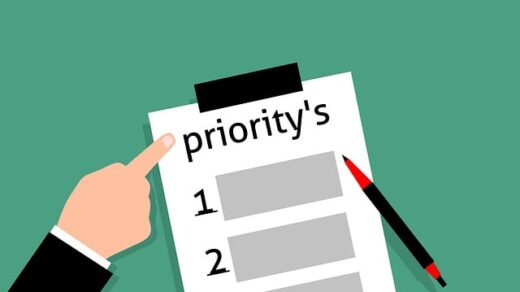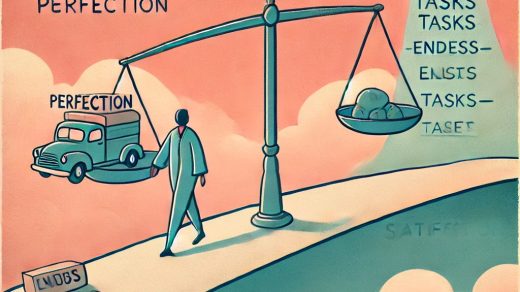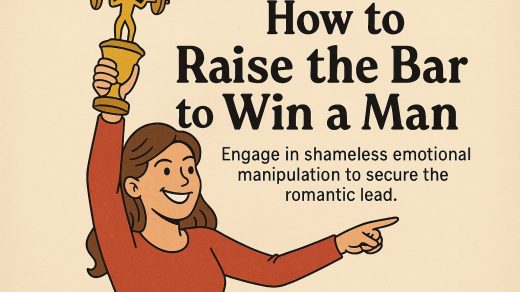People often see critical thinkers as possessing an almost supernatural ability to predict outcomes, navigate complex situations, and understand human behavior with uncanny accuracy. While it might look like a superpower, the reality is far more practical—it’s a mental framework built on logic, behavioral analysis, probabilistic reasoning, and the ability to see the full picture.
This article breaks down how critical thinkers operate, why their insights seem extraordinary, and how this skill can be developed by anyone willing to learn.
Why Critical Thinkers Appear to Have Superpowers
When a critical thinker accurately predicts how a situation will unfold, people often attribute it to intuition, a sixth sense, or even genius. However, what’s actually happening is a structured process of reasoning that includes:
- Understanding Human Behavior – Recognizing psychological patterns, biases, and motivations.
- Logical Methods for Navigating Events – Using structured thinking and avoiding emotional impulsivity.
- Probabilistic Thinking – Assessing different possible outcomes and identifying the most likely one.
- Vision and Full-Picture Awareness – Seeing how different factors interact, identifying underlying trends, and predicting future developments based on context rather than isolated details.
What appears to be “mind-reading” or “future-seeing” is actually the result of observing patterns, identifying key variables, and applying logic.
How Critical Thinkers Predict the Most Probable Outcome
A critical thinker does not magically know the future—instead, they use a mental framework that increases the probability of making accurate predictions. Here’s how it works:
Step 1: Seeing the Full Picture
Most people view problems and situations in isolation, but critical thinkers zoom out to see how different pieces connect. They don’t just look at what’s happening now—they consider historical patterns, external pressures, human psychology, and systemic influences.
Example: A Business Decision in a Shifting Market
A company is planning a major expansion into a new country. Most people in the company assume “more markets = more revenue”, but the critical thinker sees the full picture:
- The country’s economic policies have recently changed, making foreign business operations riskier.
- Local competitors have already dominated the industry, reducing the likelihood of market penetration.
- A global financial downturn is starting to emerge, which could impact consumer spending.
- Internally, the company is already struggling with supply chain issues.
By integrating these factors, the critical thinker predicts that expansion at this moment is highly risky. If they turn out to be correct, people might say they “foresaw the failure,” when in reality, they simply looked beyond surface-level optimism and considered the entire system at play.
Step 2: Recognizing Patterns and Human Behavior
The ability to analyze human behavior and decision-making tendencies allows a critical thinker to predict how individuals, organizations, and even entire industries will act under specific conditions.
Example: A Political Leader’s Actions in a Crisis
A government leader faces a public scandal, and media outlets are speculating about what they will do next. A critical thinker, however, doesn’t need speculation—they understand:
- Historically, politicians in similar situations have used distraction techniques (such as a new law or policy announcement) to shift public attention.
- The leader has shown a pattern of doubling down rather than admitting fault, meaning they are unlikely to apologize.
- Social pressure from supporters means that taking a hard stance rather than a soft one is a more predictable move.
With this understanding of political behavior, media strategy, and social psychology, the critical thinker can predict with high probability that the leader will frame the scandal as an attack from opponents and attempt to shift public focus rather than address the issue directly.
Once again, if this prediction turns out to be true, it appears like foresight, but in reality, it’s simply pattern recognition combined with an understanding of human incentives.
Step 3: Evaluating Possibilities and Probabilities
Instead of assuming a single outcome, a critical thinker evaluates multiple possibilities and assigns probabilities based on historical data and logical reasoning.
Example: Predicting a Financial Crash
An economy is booming, and most people believe the growth will continue. A critical thinker, however, considers:
- The debt-to-income ratio of consumers is at an all-time high.
- Real estate prices have risen sharply, similar to past bubbles.
- The stock market is behaving irrationally, with investors ignoring warning signs.
- Previous financial crises have followed eerily similar patterns of overconfidence before collapse.
The critical thinker doesn’t claim to know the exact moment of a crash but assigns a high probability to an economic downturn in the near future.
When the crash does happen, people may say they “predicted the future”—but they were simply analyzing data, human behavior, and economic history to determine the most likely outcome.
The “Magician’s Trick” Effect: Why It Feels Like Magic
People are amazed by magicians because their tricks seem impossible. But the moment you learn how a magic trick works, the illusion disappears.
The same thing happens with critical thinking. When someone makes an accurate prediction, it looks incredible—until you understand how they arrived at it.
Example: A CEO’s Downfall
A critical thinker sees signs of a major CEO resigning:
- A sudden shift in company PR language, distancing from past decisions.
- Unusual movements in company shares, indicating insider uncertainty.
- Small but notable changes in the CEO’s behavior in public interviews.
They conclude that resignation is likely—and when it happens, others are shocked by the accuracy of the call. But in reality, there was no magic involved—just an understanding of corporate behavior, media patterns, and historical precedents.
Once you see the process behind the “magic,” you realize it’s not supernatural—it’s just trained thinking.
How Anyone Can Build This Skill
Critical thinking is not an innate superpower—it’s a trainable skill. Here’s how to develop it:
- Zoom Out and See the Full Picture – Look beyond surface details and analyze systems, motivations, and external influences.
- Observe Patterns in Human Behavior – Study how people, businesses, and governments react in different scenarios.
- Think in Probabilities, Not Absolutes – Instead of saying, “This will happen,” say, “This has a 70% probability of happening, given the evidence.”
- Question Assumptions and Hidden Biases – Always ask: “What am I missing?” “What alternative explanation exists?”
- Analyze the Past to Predict the Future – History doesn’t repeat itself exactly, but human nature and incentives do.
Conclusion: The Reality Behind the “Superpower”
A critical thinker is not a magician—they are simply using a structured framework of logic, behavior analysis, and probability assessment to understand how events unfold.
What looks like a mysterious superpower is really just careful observation, logical deduction, and strategic thinking—skills that anyone can develop.
The next time you see someone make an impressively accurate prediction, don’t assume it’s magic. Look at how they think, and you’ll start to see the “trick” behind it.


